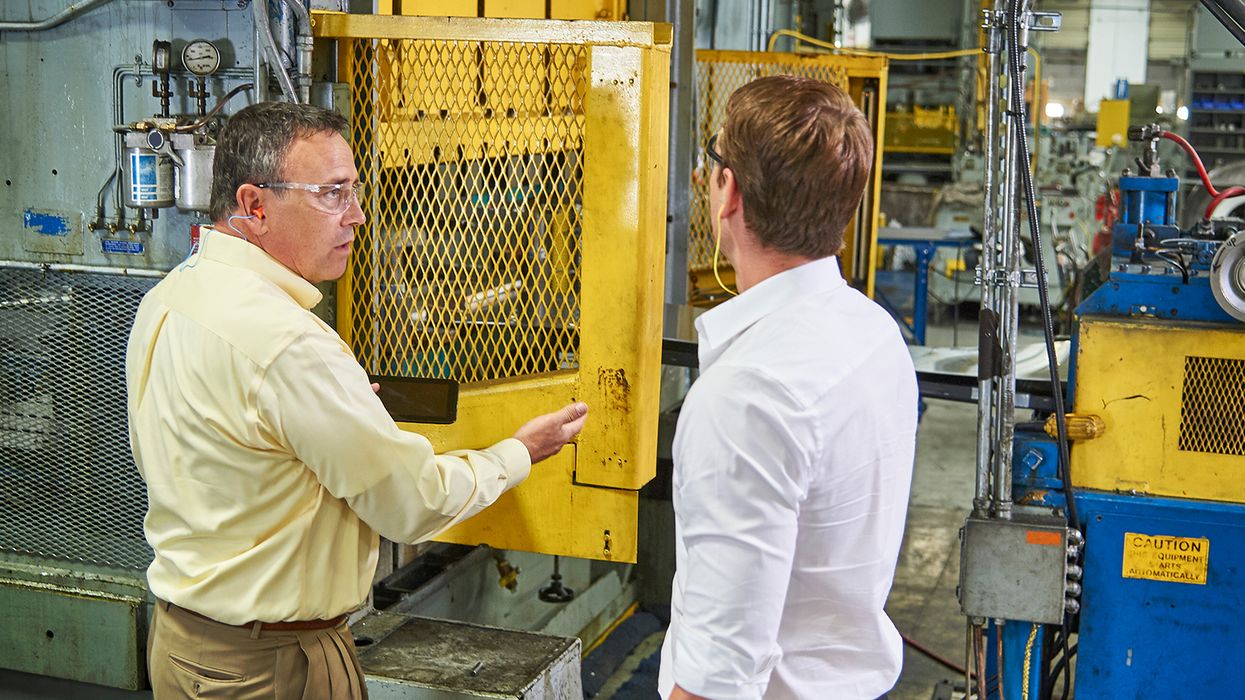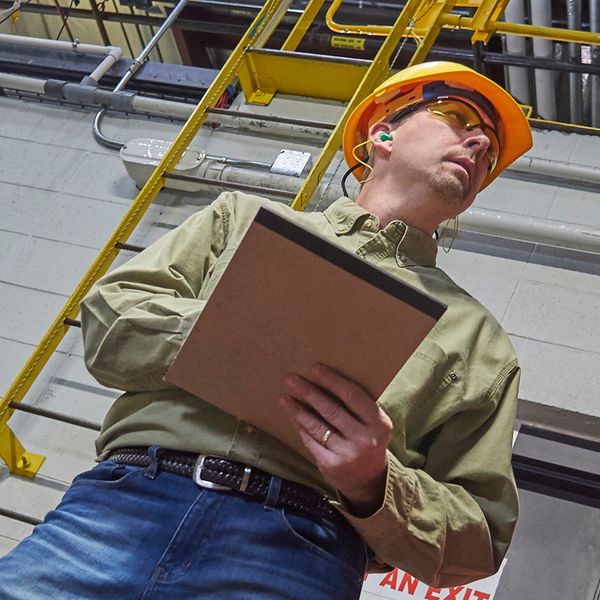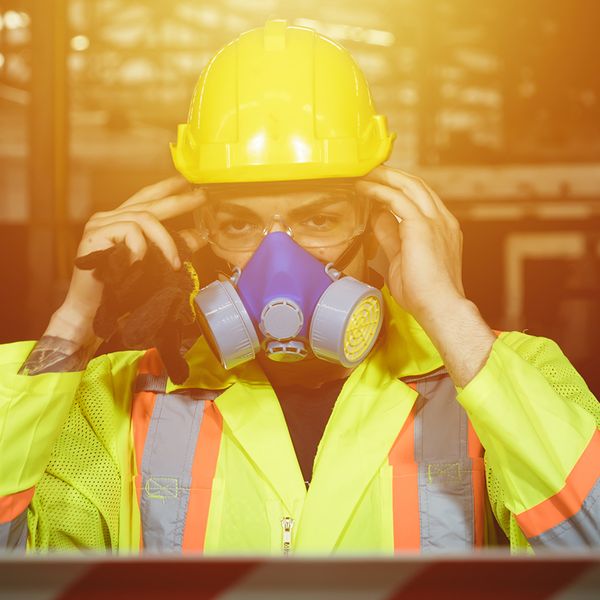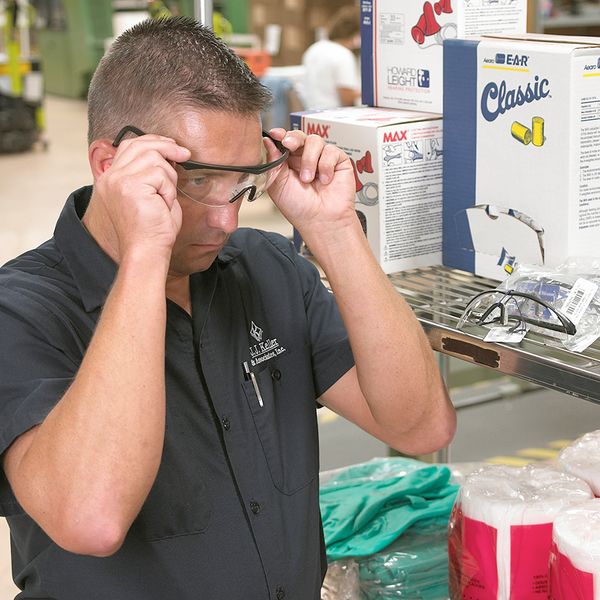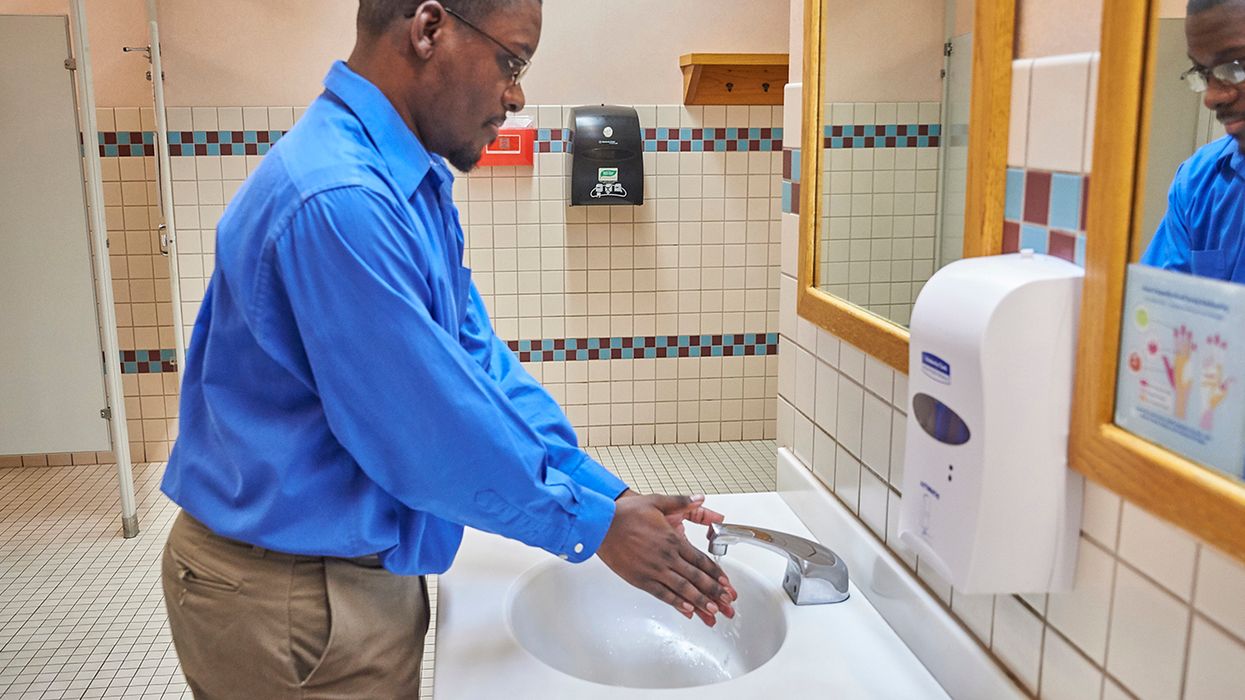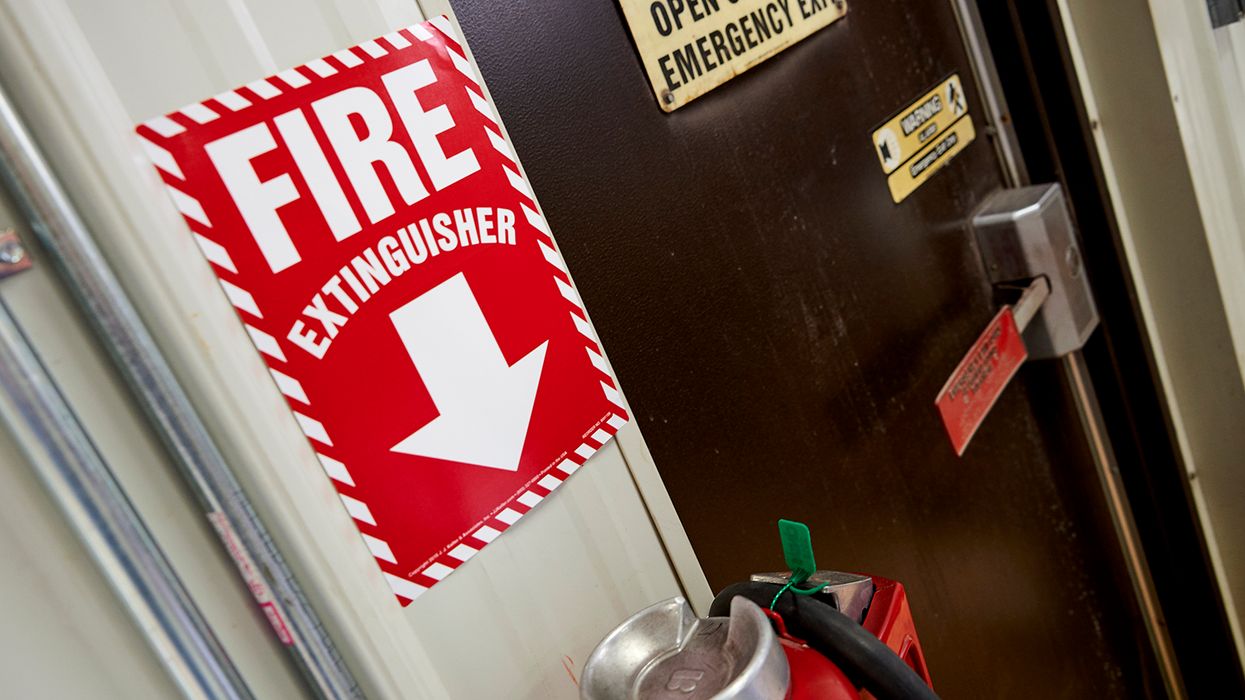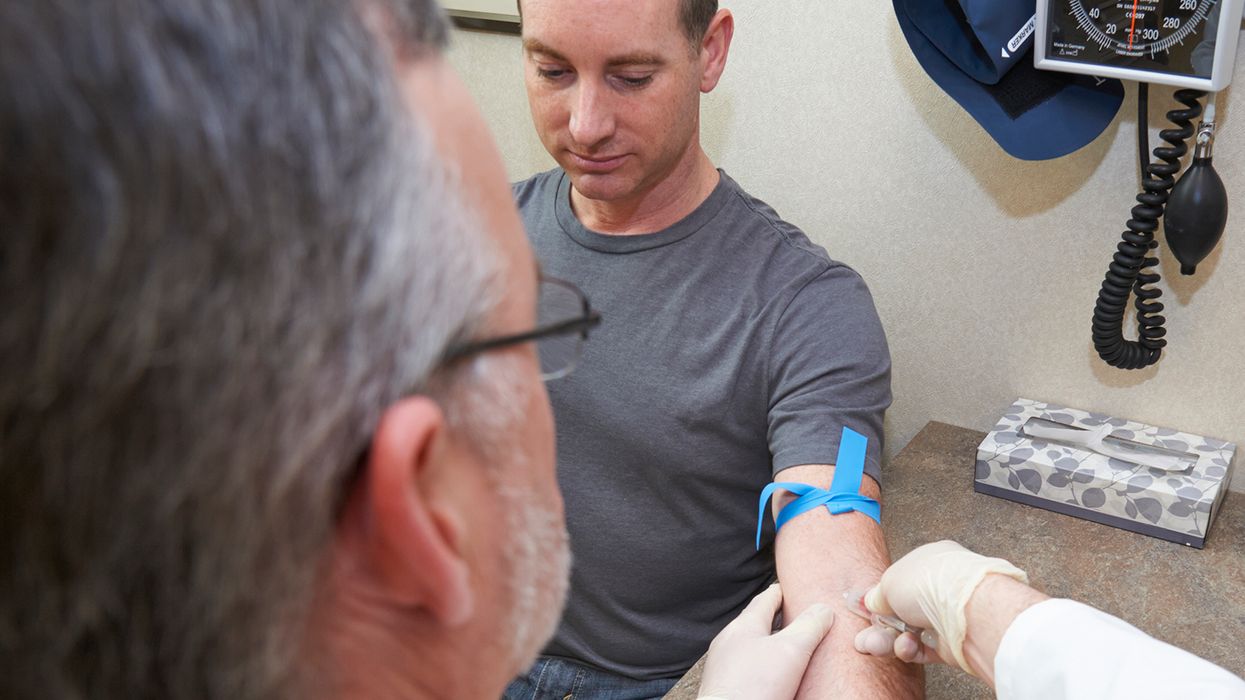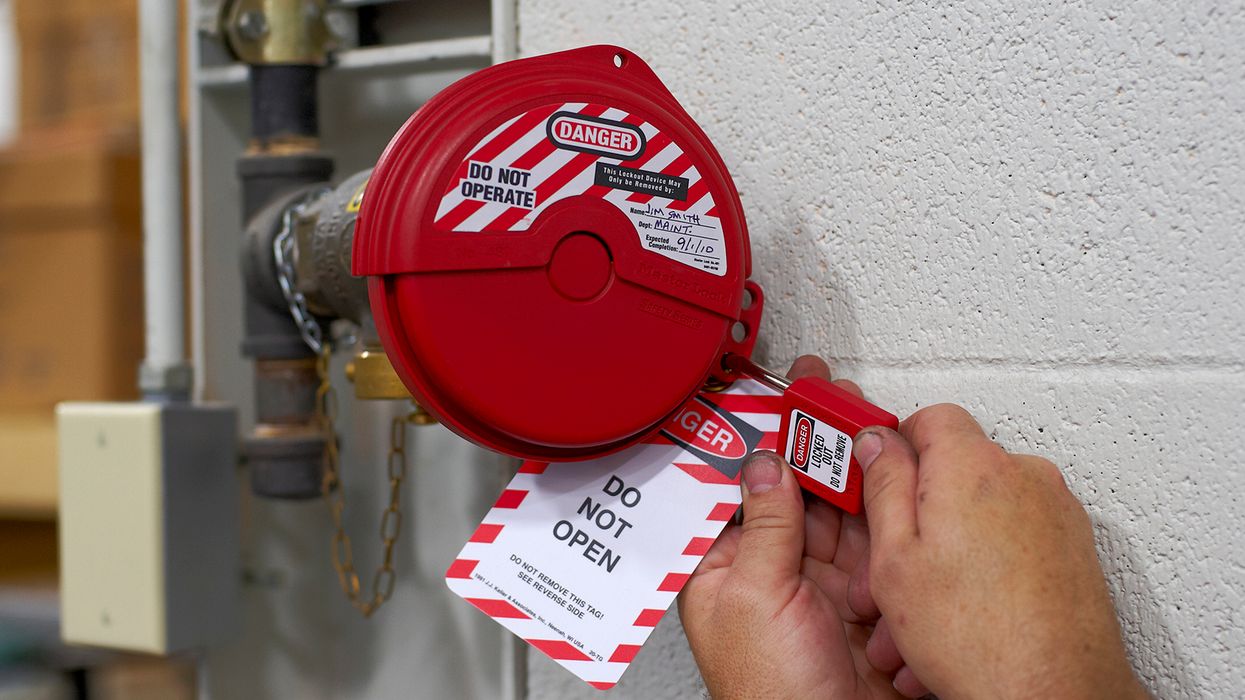Hazard assessments: Using all the best resources
Hazards are everywhere! Employers need to be aware of both the everyday hazards, as well as the occasional and rare hazards, that employees encounter at work. How can employers find out what hazards their employees face when doing their jobs? OSHA requires, at 1910.132(d), that employers conduct and certify hazard assessments. Hazard assessments are also used to determine what personal protective equipment is needed to protect employees.
A common mistake safety professionals make when completing hazard assessments is only observing the employees performing their day-to-day tasks. For example, a maintenance worker typically fixes the same five machines on a rotating basis. This is the worker’s standard duties, which is easily observed. However, once every six months, the person must go up on the roof to perform maintenance on the HVAC unit. This exposes the worker to fall, chemical, and heat hazards which are not normally encountered during usual day-to-day duties. The hazard assessment must include both the daily work and occasional hazards encountered. In addition, hazard assessments should be done with the affected employees’ assistance so they can share their insight on the lesser-known tasks and hazards.
There are a number of resources that employers have that can be used to catch the majority of hazards that employees face. They can utilize the following:
- Injury and illness records,
- Self-audit and inspection data,
- Safety reports (near misses and improvement ideas included),
- Employee observation, and
- Employee interviews and walkthroughs.
Hazard assessment tip
It takes a multi-pronged approach to maximize hazard assessment. A walkthrough by a safety committee may be very good at identifying a blocked fire extinguisher or missing machine guard but may not be able to identify ergonomic hazards. Similarly, a job hazard analysis may be a good tool for identifying ergonomic hazards but may not help identify a blocked fire extinguisher.
These resources are valuable tools to determine what hazards are present in the workplace and what controls are already in place. From there, they can look at how well the hazard is mitigated and if additional controls are needed, such as reducing noise through sound barriers or requiring hearing protection.
Key to remember
Hazard assessments do not need to be complicated, but they do need to be thorough. Utilize all the resources within the facility, from people to records, to ensure that each hazard is fully assessed. That way, each hazard can be prioritized, controlled, and have the personal protective equipment provided as needed.

